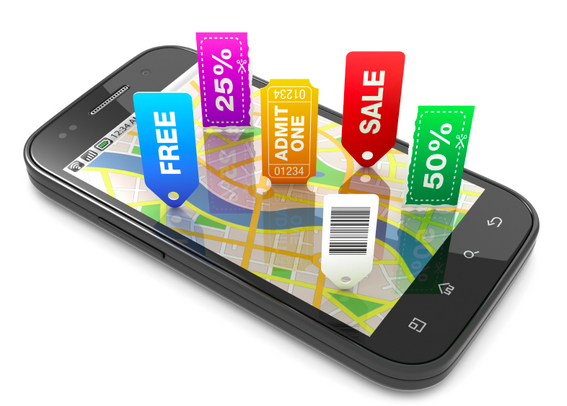3 Tips to Fix Your #Failed Mobile Marketing
According to a 2013 Pew Internet study, 56% of Americans own a smart phone and 35% own a tablet. Research from Canalys earlier this year predicted that tablet sales would increase by 59% this year. In fact in Q3 of 2013, over a quarter of a billion units shipped worldwide. So getting your mobile strategy right has never been more important for sales. The C-suite no longer accepts applying outdated tactics that net poor results. (Please Click to Tweet) So, here are 3 easy tips to fix your mobile marketing and sales now:
1. Understand that Most Mobile Device Use is Not Really Mobile
That’s right, the biggest mistake that marketers are making is NOT understanding how people are using their devices. A joint study released by AOL and BBDO revealed that 68% consumer mobile phone use occurred at home. Yes, they are using their devices at home!
Marketers need to have a two-pronged approach to reach the ‘at home market’ and the ‘on-the-go market.’ They have different needs. There is an added level of complexity when understanding the use of tablets versus smart phones. Marketers who succeed in mobile will be those who establish different strategies and tactics for each.
2. Mobile Phone Use Does Not Equal Tablet Use
According to Pew, the demographics for those using tablets most include:
- Those living in households earning at least $75,000 per year (56%), compared with lower income brackets
- Adults ages 35-44 (49%), compared with younger and older adults
- College graduates (49%), compared with adults with lower levels of education
In order to effectively reach tablet and smart phone users requires different approaches, particularly when it comes to advertising. It is not a one size fits all approach.
3. Advertising on Mobile? Know Thy Device!
If you are still using the old “push” model of broadcasting messages in your advertising, you are likely failing.
Marketers need to focus on micro-targeted “pull” campaigns that effectively result in the customer accepting messages. In addition to pull, Marketers need to forget banner ads. While somewhat annoying to computer users, they are even less welcome on mobile. They just aren’t scalable to mobile and therefore completely ineffective.
Finally it is important to know that those succeeding in the mobile market and netting sales have built relationships with customers. Through these relationships, they have learned customer preferences, including real-time location information. They offer deals that result in real sales. Starbucks for example leveraged mobile by offering a $5 credit to those who joined My Starbucks Rewards program. This resulted in more than 500,000 downloads of the mobile app in its two-week trial period.
Take-Away Lessons:
- Don’t push information. Pull Information through offering something up to your customer or prospect. What are the chances that someone who redeemed that $5 spent more than the credit allotted to him or her? Probably pretty good.
- Understand how customers are using different devices and use appropriate tactics.
- Don’t annoy prospects and customers with annoying banner ads on mobile. Be creative and delight your customers with real offerings to PULL them into your store or location.
If people thought that social media changed everything, mobile is like living inside a snow globe that someone continually shakes. What changes are you making to your mobile strategy to accommodate for this different world?


Leave a Reply
Want to join the discussion?Feel free to contribute!